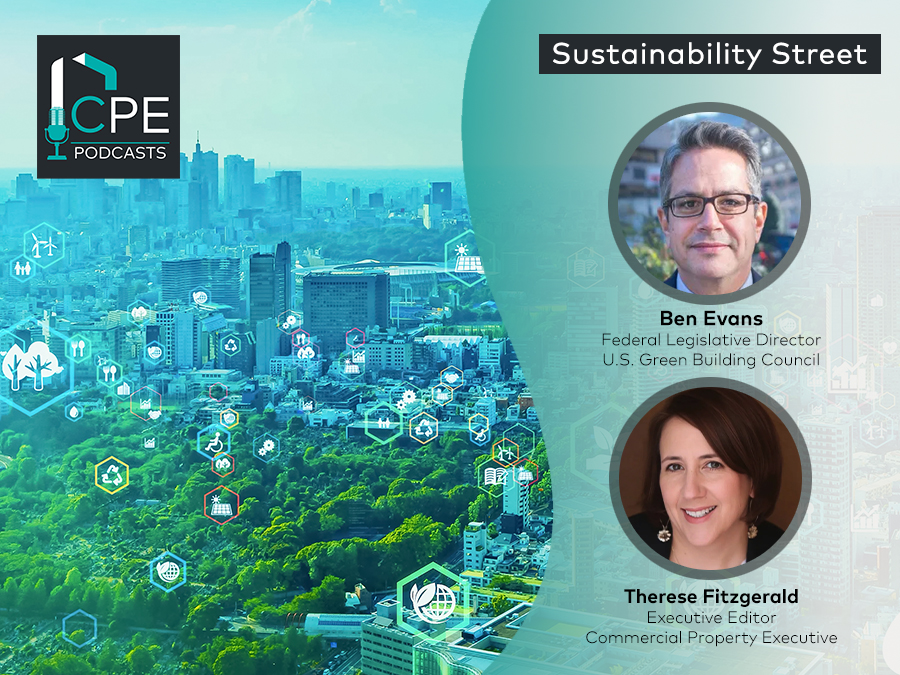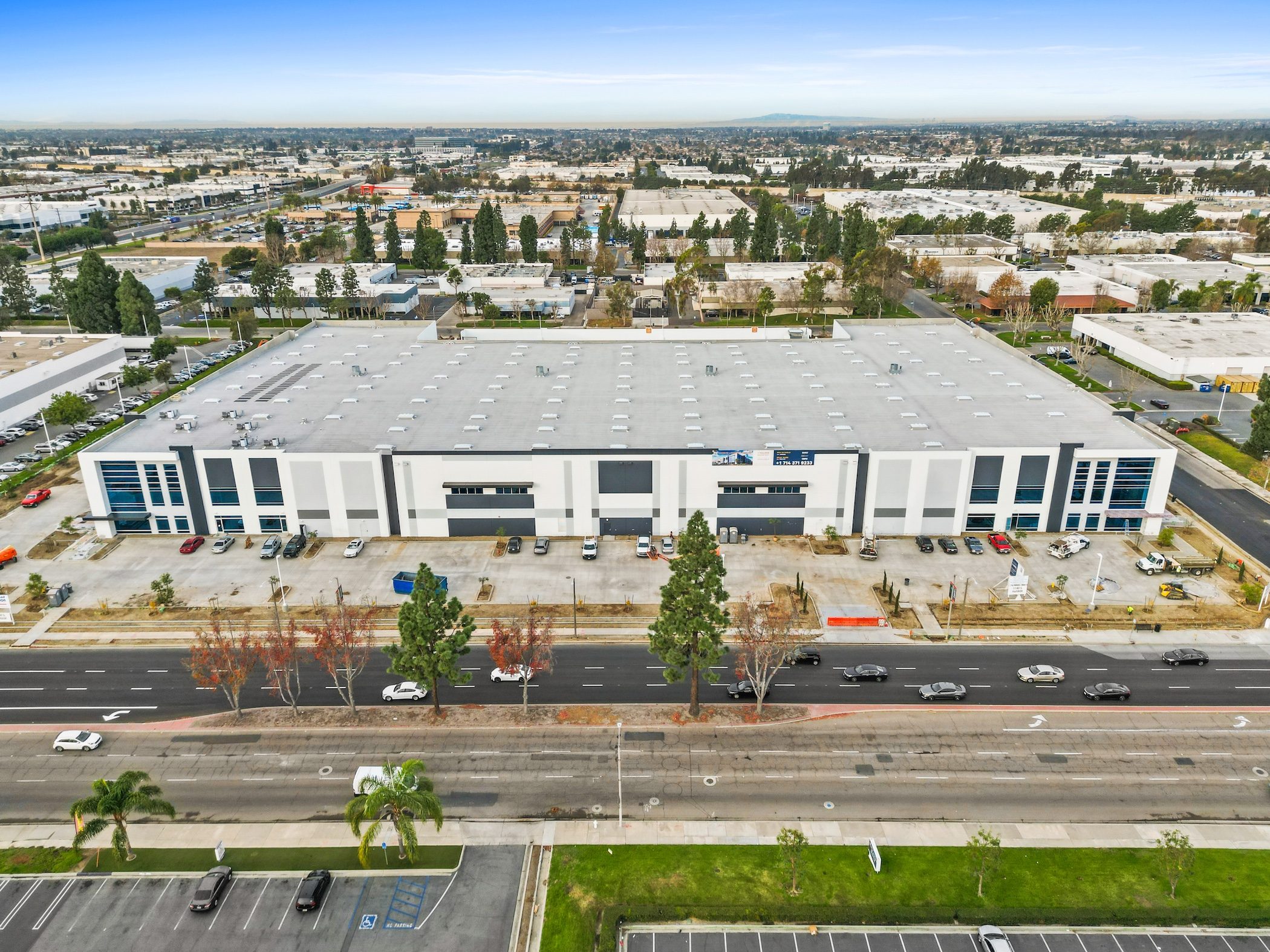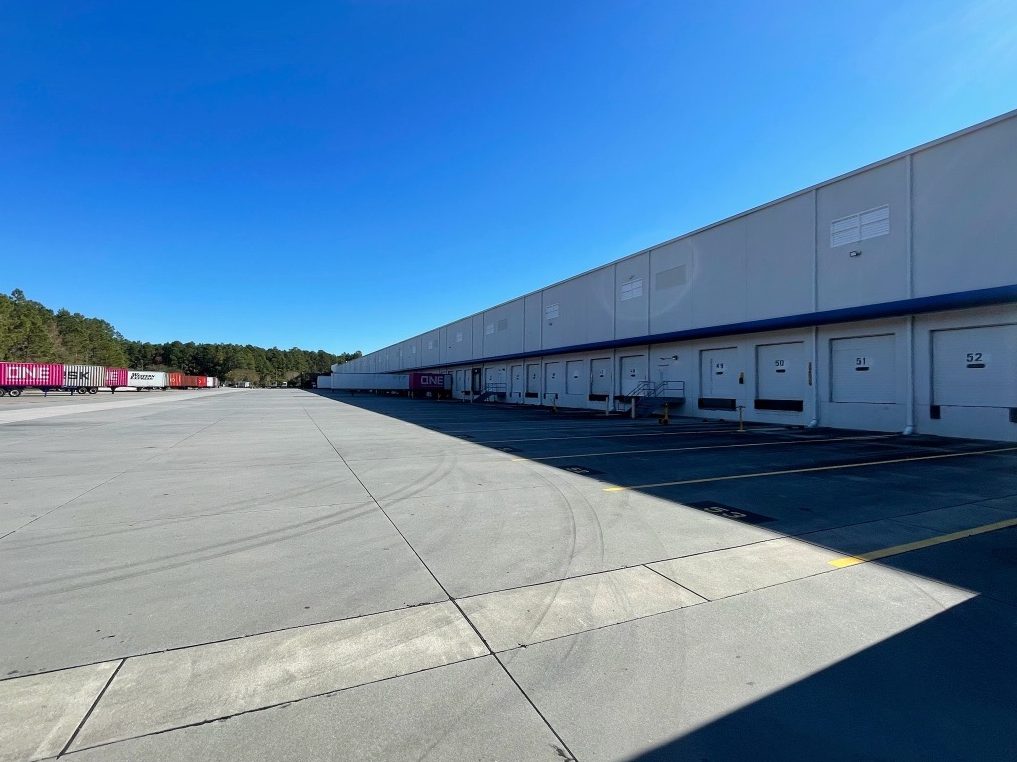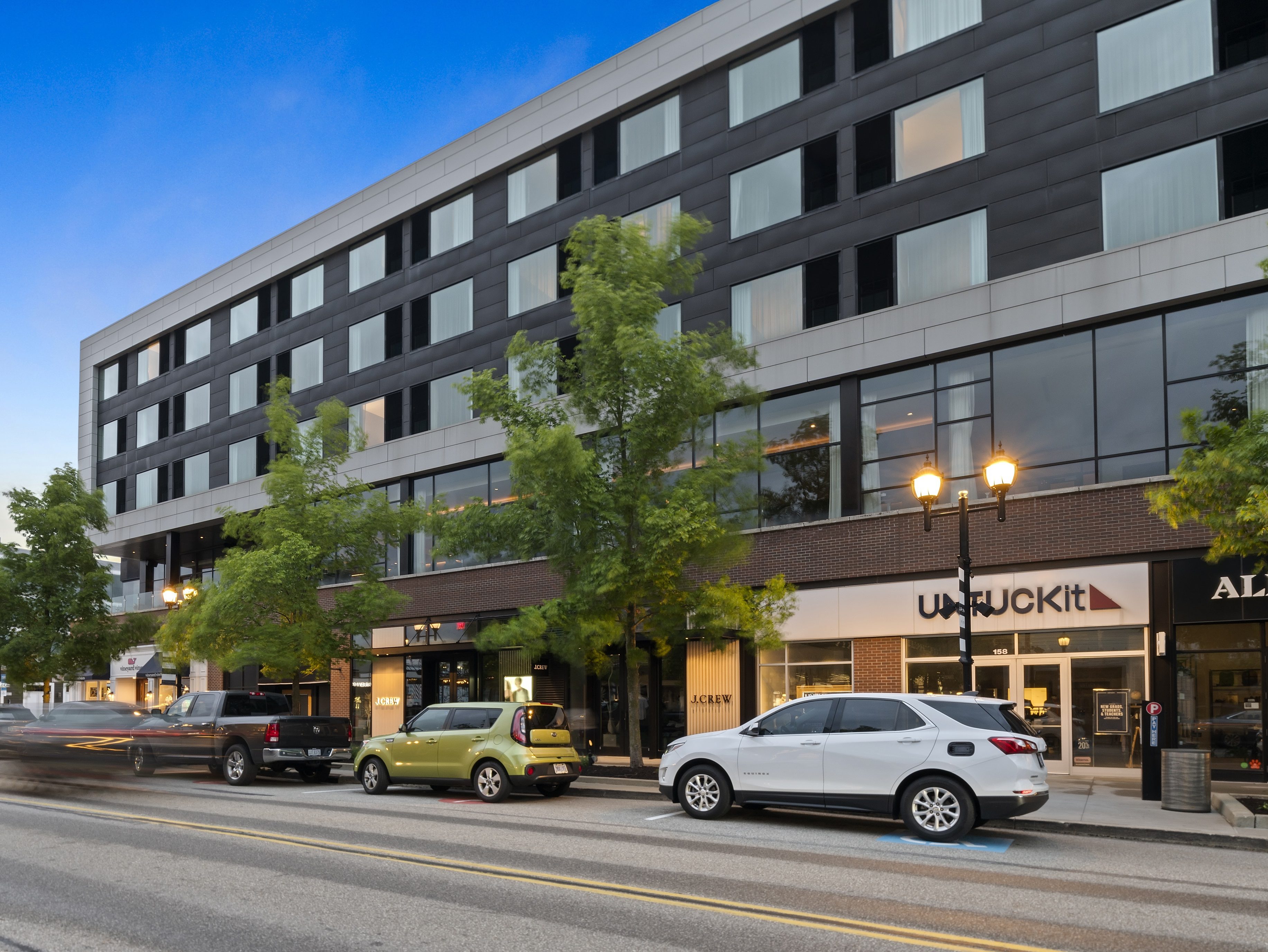Economist’s View: Why Cities Will Rise Again
Eventually, the positives of the urban environment will once again outweigh the negatives.
During the summer of 2020, the media began to report a mass urban exodus to the suburbs as people used their involuntary savings to buy homes that provided more living space in the age of lockdowns and social distancing.

Think of the scale of justice as an analogy to what is occurring in cities. On the right side of the scale, are the positive urban attributes, including culture, art, food, shows, sports, events, a diversity of people and neighborhoods, etc. During the pandemic, however, most of the amenities on the right side of the scale went away.
On the left side of the scale, we have the long-time negative attributes of cities, such as crime, congestion, pollution, smog, etc. And crime has risen during the pandemic.
But this is far from the death of big cities.
History of rebuilding
Cities will suffer as long as people have little they can do safely in cities. While this favors the suburbs in the near term, history shows that societies rebuild cities after wars and devastation, à la post-World War II Beirut and San Francisco after earthquakes. If the 1967-1980 period of severe urban decline could not kill New York, Chicago, Boston, Philadelphia, or Washington, D.C., nothing will. Cities will rise again.
Cities like New York face the biggest near-term problem because they offered the most vibrant amenities before COVID-19. These cities were the most vulnerable to shutdowns compared to smaller places that did not have as many urban amenities to lose before COVID-19. In addition, cities that are spread out, like Houston, are more durable in the face of COVID-19 than New York.

Once we have widespread vaccinations, people will start to return to cities to see a show, have dinner or visit a sports venue. With more social and economic activity, safety and comfort levels will rise. Just as wildebeests on the Masai Mara are safe when they stay with their herd, people are safer when others are out and about in much greater numbers. Windows will be unboarded, and urban amenities will rise again, resulting in a rebalancing of the scale.
The good news for cities is that, with the new Congress and Administration in power, we anticipate that over the next two years, considerable federal aid will flow to large urban centers. While this federal aid will be couched in terms of lost local tax revenues and higher costs associated with COVID-19, we suspect it will go well beyond these amounts and help fill the long-standing unfunded budgetary holes. In fact, with CARES 3, most states will be notably better off than prior to the pandemic. This aid will benefit urban real estate as it reduces the near-term pressures to raise taxes and reduce services.
Dr. Peter Linneman is principal & founder of Linneman Associates and professor emeritus at the University of Pennsylvania Wharton School of Business. Follow Dr. Linneman on Twitter: @P_Linneman








You must be logged in to post a comment.